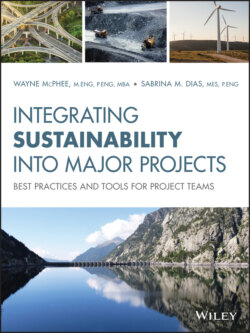Читать книгу Integrating Sustainability Into Major Projects - Wayne McPhee - Страница 40
2.3 Types of Project Structures
ОглавлениеMajor projects are typically delivered by a large team of employees, external consultants, and contractors who work together to design and deliver the project. There are a variety of project structures that can be used to organize the team and manage who is responsible for which task.
The “owner” (also called the proponent) of a major project is the organization that is ultimately responsibility for the successful delivery of the project and controls the project financials. The owner could be a government, a development agency, a corporation, a partnership, or a cooperative of organizations.
The owner will decide on the project structure that is best suited for project delivery. Depending on the structure, the project team will span different organizations with varying goals and objectives. The project structure will have a significant impact on overall project success and will have a significant influence on how sustainability is managed and how successful it will be. There is no single answer, but each project structure will have advantages and disadvantages that need to be managed to create the most successful project.
Some of the common project structures include:
Self-perform
Engineering, procurement, and construction management (EPCM)
Engineer-procure-construct (EPC) or design-build
Design-build-own-operate (DBOO)
Design-finance-build-own-operate (DFBOO)
Public-private partnership (P3)
People-public-private partnership (P4)
